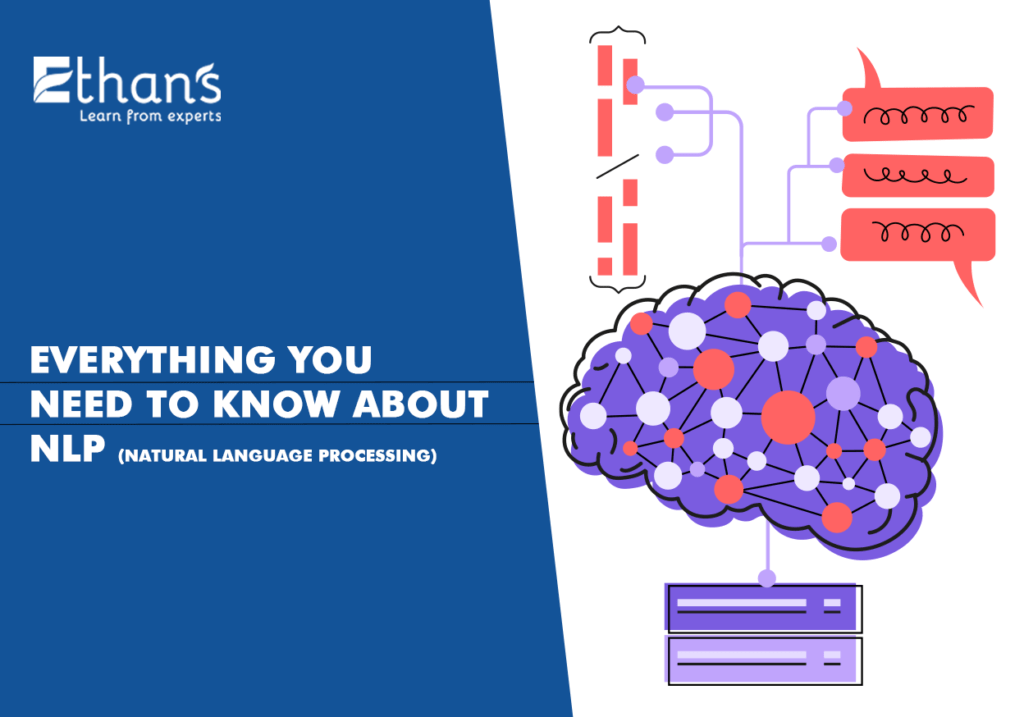In today’s rapidly evolving technological landscape, the role of Natural Language Processing (NLP) is increasingly pivotal. From powering voice assistants to revolutionizing customer service interactions, NLP has emerged as a transformative force in the field of artificial intelligence. In this comprehensive guide, we will delve into the intricate workings of NLP, drawing insights from three distinct perspectives outlined in previous discussions.
Understanding the Significance of NLP
NLP represents the intersection of linguistics and computer science, enabling machines to comprehend, interpret, and respond to human language. At its core, NLP employs deep learning models and algorithms to parse unstructured text, extract meaningful insights, and facilitate more intuitive human-computer interactions. The significance of NLP extends far beyond mere language translation; it is about imbuing machines with the ability to understand context, sentiment, and intent.
Natural Language Processing (NLP) stands as a crucial branch within the broader spectrum of artificial intelligence (AI). It serves as the bridge between human language and computational analysis, enabling machines to interpret and respond to human communication effectively. By leveraging advanced algorithms and linguistic principles, NLP algorithms can decipher the nuances of language, extract relevant information, and facilitate seamless interactions between humans and machines.
Unveiling the Inner Workings of NLP
To comprehend the inner workings of NLP, it is essential to explore its fundamental components and preprocessing techniques. Tokenization serves as the foundational step, breaking down text into individual tokens or words. Techniques like stemming and lemmatization aid in standardizing words, while part-of-speech tagging and named entity recognition enhance understanding by identifying linguistic elements and entities within the text. These preprocessing steps lay the groundwork for machine learning algorithms to derive meaning and extract valuable information from textual data.
The preprocessing phase in NLP is akin to preparing raw ingredients before cooking a gourmet meal. Each step in the preprocessing pipeline serves a distinct purpose, from breaking down text into manageable units (tokenization) to refining the vocabulary (stemming and lemmatization) and identifying key entities (named entity recognition). By meticulously preparing the textual data, NLP practitioners ensure that machine learning algorithms can effectively analyze and derive insights from the text.
Exploring NLP Applications and Future Trends
The applications of NLP span a wide range of industries, from healthcare and finance to e-commerce and social media. In healthcare, NLP powers diagnostic systems and clinical documentation improvement initiatives, while in finance, it facilitates sentiment analysis and automated trading algorithms. Looking ahead, semantic NLP emerges as a promising frontier, with advancements in language models and ethical considerations shaping the future of language processing technology.
The real-world applications of NLP are as diverse as they are impactful. In healthcare, NLP algorithms analyze medical records to identify patterns and trends, aiding in diagnosis and treatment planning. In finance, sentiment analysis tools analyze market sentiment to inform investment decisions, while in e-commerce, recommendation systems leverage NLP to personalize product recommendations for users. As NLP continues to evolve, its applications will likely expand to new domains, driving innovation and transformation across industries.
Synthesizing Insights for Mastery
By synthesizing insights from diverse perspectives, practitioners can gain a comprehensive understanding of NLP and its applications. Mastery of NLP requires proficiency in both the theoretical underpinnings of language processing and the practical implementation of algorithms and techniques. As the field continues to evolve, staying abreast of emerging trends and innovations is crucial for driving continued progress and innovation in NLP.
The journey to mastery in NLP is both challenging and rewarding. It requires a deep understanding of linguistics, machine learning, and computational techniques, as well as hands-on experience with real-world applications. By continually learning and adapting to new developments in the field, practitioners can stay ahead of the curve and unlock new opportunities for innovation and growth.
Empowering the Future of AI
In conclusion, NLP serves as a catalyst for advancing artificial intelligence and enhancing human-computer interactions. As individuals and organizations embrace the potential of NLP, they can unlock new opportunities for innovation and transformation across various domains. By mastering the intricacies of NLP, practitioners can empower themselves to shape the future of AI and drive positive change in the world.




